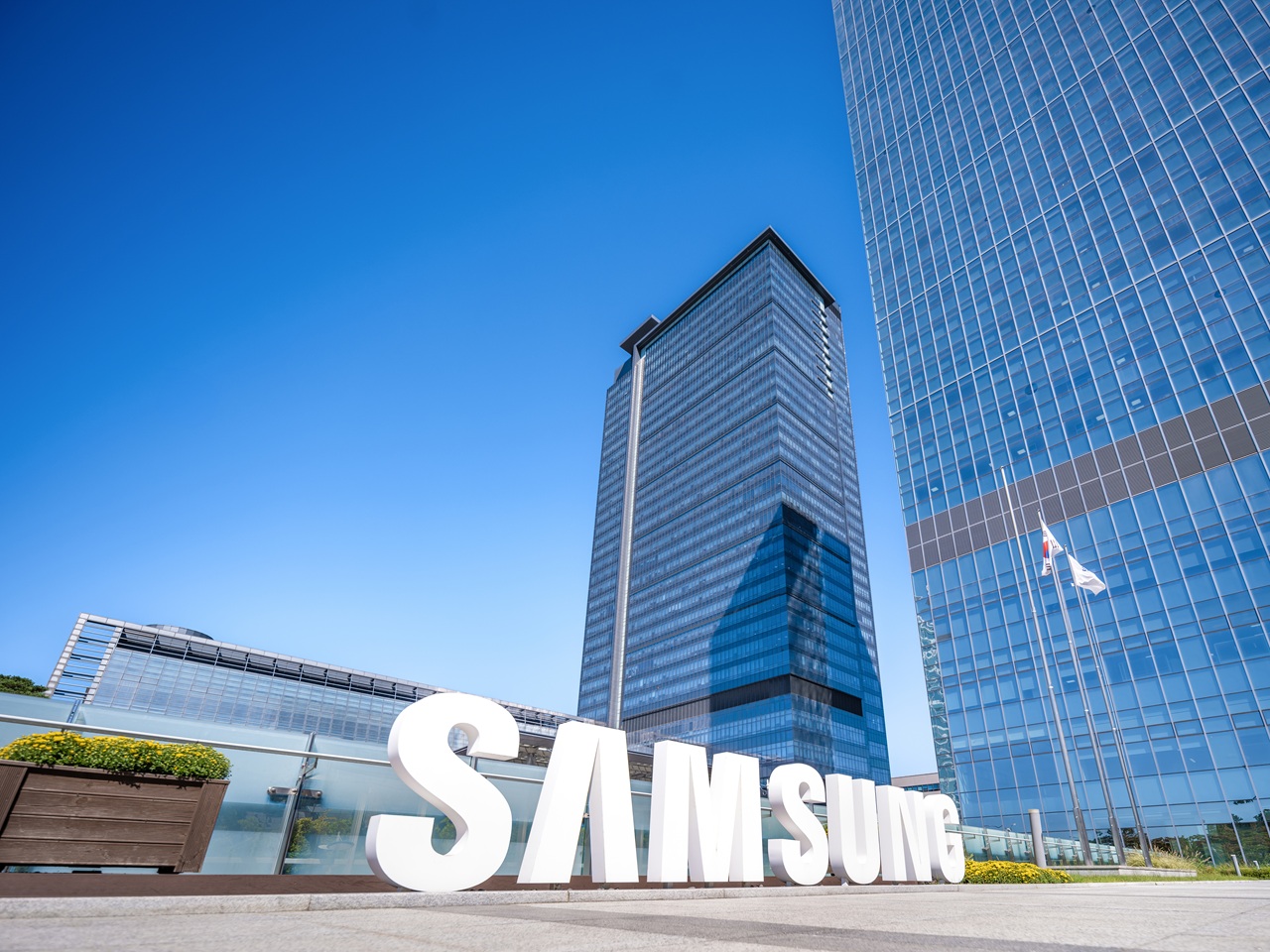Korean media: Samsung is considering disbanding the 1c DRAM task force, and the yield rate is less than half of the time, but it is still promoting mass production of HBM4
Author Su Ziyun | Release date October 15, 2025 13:30
According to the Chosun Ilbo, Samsung Electronics is discussing the dissolution of the task force (TF) responsible for 1c DRAM yield optimization, fully shifting manpower and resources to HBM4 mass production preparations, and striving to enter the NVIDIA supply chain by the end of the year and regain dominance in the high-end memory market.
Samsung uses more advanced 1c DRAM as the core die of HBM4, which can theoretically achieve higher bandwidth and energy efficiency. However, outside reports pointed out that its yield rate in the "Cold Test" stage is only about 35% to 50%, which is still below the mass production standard. Due to the further reduction of the line width of the 1C process, the tolerance of process control errors is lower than that of the 1b generation, and the difficulty of lithography and etching is greatly increased.
In contrast, according to previous Korean media reports, SK hynix has completed preparations for HBM4 mass production, using the mature 1b process and MR-MUF packaging solution, with a yield rate estimated to exceed 70%, which has reached the profit threshold for mass production.
The TF team was established after Vice Chairman Jeon Yong-hyun took office, gathering core engineers from the Memory Division, and originally focused on improving the stability and yield of the 1C process. However, under the pressure of the new schedule, Samsung seems to have decided to skip the internal mass production approval (PRA) process and directly invest in the construction of the HBM4 mass production system.
Industry analysis pointed out that even if the yield rate is not ideal, Samsung must break through with the generation difference and performance advantages. According to people familiar with the situation, Samsung would rather sacrifice short-term efficiency internally than regain technological dominance before HBM4 becomes the new standard.
According to Counterpoint Research statistics, the global HBM market share in the second quarter of this year was 62% for SK hynix, 21% for Micron, and only 17% for Samsung. This is the first time Samsung has fallen to third place. Analysts believe that if HBM4 mass production yields cannot be stabilized in the short term, the market share gap may further widen.
As the demand for AI training doubles the demand for HBM, the industry generally expects HBM4 to become the most critical memory battlefield after 2025. Whether it can take the lead in grasping the pace of mass production will determine the reshuffle of the global memory landscape.

 technews.tw
technews.tw
Author Su Ziyun | Release date October 15, 2025 13:30
According to the Chosun Ilbo, Samsung Electronics is discussing the dissolution of the task force (TF) responsible for 1c DRAM yield optimization, fully shifting manpower and resources to HBM4 mass production preparations, and striving to enter the NVIDIA supply chain by the end of the year and regain dominance in the high-end memory market.
Samsung uses more advanced 1c DRAM as the core die of HBM4, which can theoretically achieve higher bandwidth and energy efficiency. However, outside reports pointed out that its yield rate in the "Cold Test" stage is only about 35% to 50%, which is still below the mass production standard. Due to the further reduction of the line width of the 1C process, the tolerance of process control errors is lower than that of the 1b generation, and the difficulty of lithography and etching is greatly increased.
In contrast, according to previous Korean media reports, SK hynix has completed preparations for HBM4 mass production, using the mature 1b process and MR-MUF packaging solution, with a yield rate estimated to exceed 70%, which has reached the profit threshold for mass production.
The TF team was established after Vice Chairman Jeon Yong-hyun took office, gathering core engineers from the Memory Division, and originally focused on improving the stability and yield of the 1C process. However, under the pressure of the new schedule, Samsung seems to have decided to skip the internal mass production approval (PRA) process and directly invest in the construction of the HBM4 mass production system.
Industry analysis pointed out that even if the yield rate is not ideal, Samsung must break through with the generation difference and performance advantages. According to people familiar with the situation, Samsung would rather sacrifice short-term efficiency internally than regain technological dominance before HBM4 becomes the new standard.
According to Counterpoint Research statistics, the global HBM market share in the second quarter of this year was 62% for SK hynix, 21% for Micron, and only 17% for Samsung. This is the first time Samsung has fallen to third place. Analysts believe that if HBM4 mass production yields cannot be stabilized in the short term, the market share gap may further widen.
As the demand for AI training doubles the demand for HBM, the industry generally expects HBM4 to become the most critical memory battlefield after 2025. Whether it can take the lead in grasping the pace of mass production will determine the reshuffle of the global memory landscape.

韓媒:三星考慮解散 1c DRAM 專案小組,良率未過半仍推進 HBM4 量產
根據朝鮮日報報導,三星電子內部正討論解散負責 1c DRAM 良率優化的專案小組(TF),將人力與資源全面轉向 HBM4 量產準備,力拚在年底前打入 NVIDIA 供應鏈,重奪高階記憶體市場的主導權。 三星此次採用更先進的 1c DRAM 做為 HBM4 的核心晶片(Core Die),理論上可實現...
